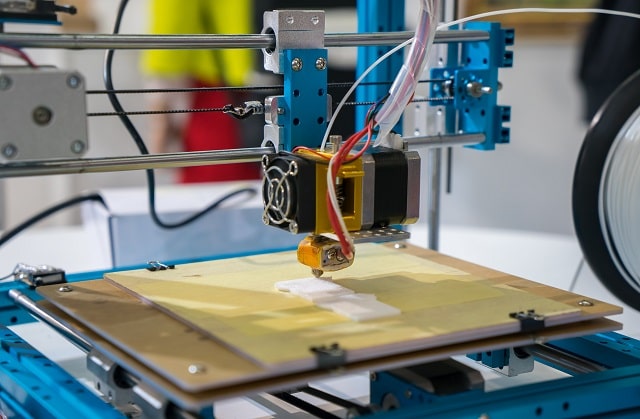
You might have heard about "design for manufacturing", or DFM, before now. But knowing what exactly DFM is is another question entirely!
More important than that, you may not know of the huge number of benefits that DFM can provide when it comes to your product design. That's why we've outlined what exactly DFM is, so you can look at how to implement it in the future.
As well as that, we've then noted the key benefits of DFM. That way you're not just learning how to use it, you're learning why you need to use it to make the most of your product design phase.
What is DFM?
As noted above, DFM stands for "design for manufacturing". This is much simpler than it sounds, we promise!
DFM is a specific way of designing your products before the manufacturing stage takes place. It's a way in which you can approach the design of your products with the later manufacturing stage in mind.
Think of it as a way of making the connection between the design phase and the manufacturing phase as easy as it can be. You have to think about the manufacturing during the design phase, before you actually come to manufacture your product later.
There are 5 key principles to DFM, known as process, design, material, environment, and compliance/testing. All of these must be approached suitably for the DFM process to work.
To be properly executed DFM needs to begin early in your design process before you begin assigning tools. The main end goal of a proper DFM approach should be the ability to create a better quality product at a lower price.
If you want to find out more about the DFM process, and how you can approach it, make sure you read on here.
Now that you know what DFM is, we're going to note the many benefits it can provide you.
The Benefits of DFM: A Streamlined Approach Improves Quality
As mentioned in the above section, the main aim of DFM is to improve product quality whilst lowering overall cost.
This is thanks to how DFM streamlines the transition from design to manufacture. If you are immediately considering the manufacturing phase during design, you're able to think about how your product will be made.
This includes the materials it'll be created from as well as the overall manufacturing process. By outlining this early, you can optimize this process in line with the overall product design.
This can make your manufacturing more accurate, as it has been considered from the get-go. It also ensures that the manufacturing process, in being so efficient, is completed as quickly as possible to a high standard.
Streamlining also Lowers Costs and Improves Your Timeline
This streamlining can lower the overall cost of production in the long-run, as it means you create more products in a shorter time. It also ensures your product is of better quality, meaning that you won't lose out on any money down the line due to badly manufactured products.
Your product is also going to go to market faster, as a result of the smoother manufacturing process. This means you can launch sooner and start selling your product to customers earlier than you'd have planned without DFM.
Not only does it speed up the process overall, it means you can advance to the manufacturing stage sooner as it has already been planned out. That also quickens the overall phases of product design and ensures the overall cost of this process is also lowered as a result.
Allows for Greater Automation Potential
In designing the manufacture of the product early, you're likely working to automate the manufacturing process as much as possible.
Where DFM shines is in the ability to allow for greater automation potential in the product itself, as well as within this process. Automation is intrinsically linked to the manufacturing phase.
Automation is only possible when the right materials are used in the right way. To be achieved properly, you have to marry the design process with the manufacturing process.
Luckily, DFM allows for this. That means the process can allow you to create a product with a greater potential for its automation.
DFM Ensures Your Product Can Always be Manufactured, Avoiding Errors
Most importantly, using DFM means that you know your product will be able to be manufactured and then sold to the market.
When designing without DFM, there is no guarantee that the product you are designing achieves the correct specifications. This means when it comes to manufacturing you will likely have to substitute materials and come out with an inferior product.
In the worst-case scenarios, you may have designed a product that can't be manufactured at all. This means you've wasted all that design time and need to go back to the drawing board.
With DFM, you're able to think about your product design logically and rationally. This can help you optimize the product, and also guarantee that your goals are achievable.
Design for manufacturing is a less risky way to design as a result and means that each core element of the process from design to manufacture has been thought about in tandem.
Where Can I Find Out More about DFM?
Now you know what exactly DFM is, as well as the many ways in which it can benefit your company and its product design.
But that likely hasn't answered all of your burning questions about DFM. If you do have further questions or want to find out more about product development and prototype design, make sure to take a look through some of the previous posts on our website.
We have many other articles on manufacturing processes that you can use along with DFM to improve your business in the future. Visit the Business section of the Frugal Finance Blog right now and improve your production today!
